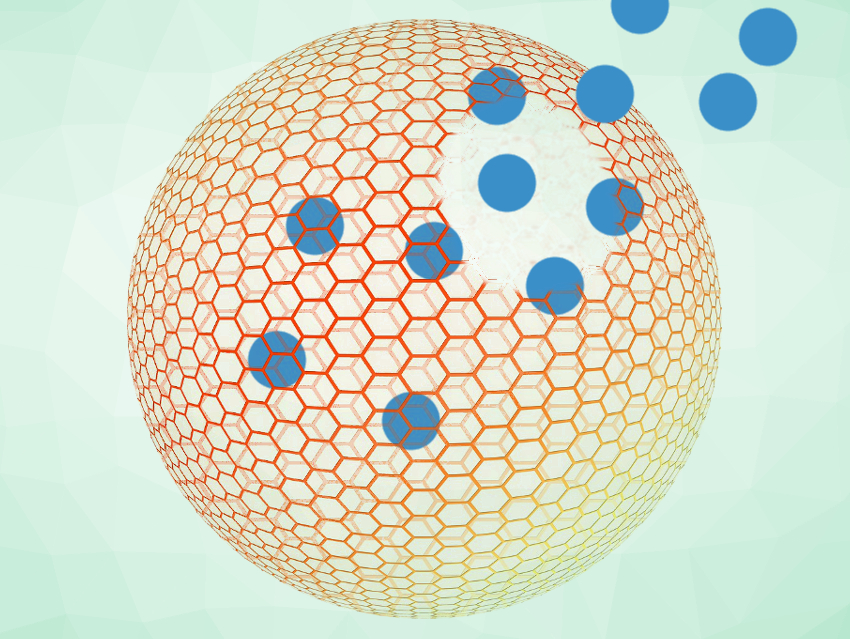Chemotherapy drugs can kill cancer cells, and thus, save lives. However, they generally affect both cancer cells and healthy cells, which leads to harmful side effects. Methods for the controlled delivery and release of anti-cancer drugs within tumors could help to reduce these side effects.
Teck-Peng Loh, Tianhu Li, Northwestern Polytechnical University (NPU), Xi’an, China, and Nanyang Technological University, Singapore, and colleagues have developed DNA-based nanogels that specifically break down and release their chemotherapeutic contents within cancer cells. The team used cancer biomarkers, i.e., proteins or other components that are present in differing amounts in cancer cells and healthy cells, to trigger the drug release. Specifically, they designed a nanogel that can be degraded by a biomarker called flap endonuclease 1 (FEN1), a repair enzyme that cuts certain types of DNA and is present in larger amounts in cancer cells.
To make the DNA nanogels, the researchers used a DNA backbone that FEN1 can recognize and cut. With cell-free systems, the researchers observed that the DNA-based nanogels were broken down by FEN1, but not by other DNA repair enzymes or compounds. The team incubated live cells with the DNA-based nanogels, and found that healthy cells did not have enough FEN1 to break down the nanogels, but cancer cells did. The chemotherapeutic drugs doxorubicin and vinorelbine were incorporated into the nanogel, and tests showed that cancer cells died at higher rates than healthy cells when in contact with the drug-loaded nanogel.
The work indicates that DNA-based nanogels can introduce chemotherapy drugs into cancer cells with a high specificity, which could reduce the risk of side effects. According to the team, the nanogels also could be used as probes for the biomarkers, which would be useful for cancer diagnostics.
- Cancer Biomarker-Triggered Disintegrable DNA Nanogels for Intelligent Drug Delivery,
Hao Zhang, Sai Ba, Jasmine Yiqin Lee, Jianping Xie, Teck-Peng Loh, Tianhu Li,
Nano Lett. 2020.
https://doi.org/10.1021/acs.nanolett.0c03671




